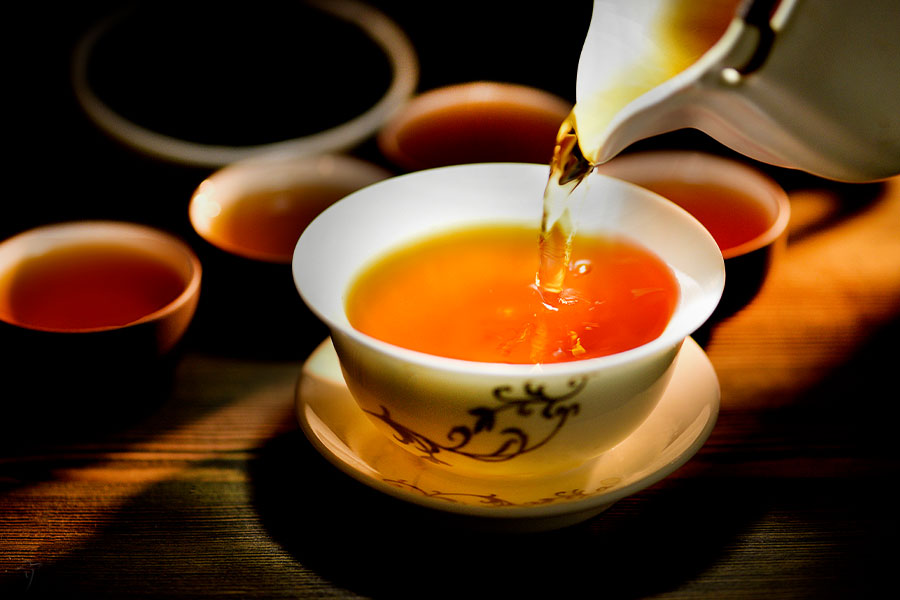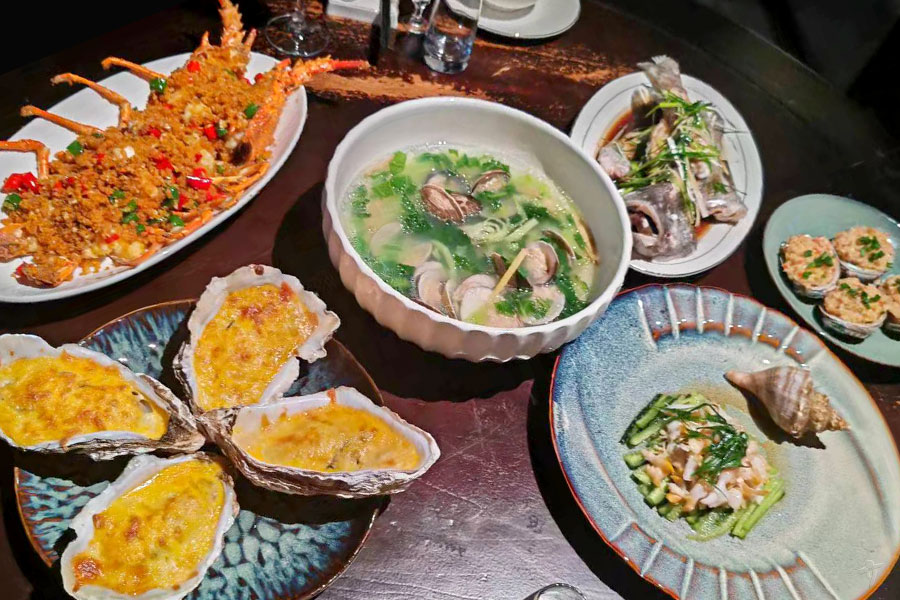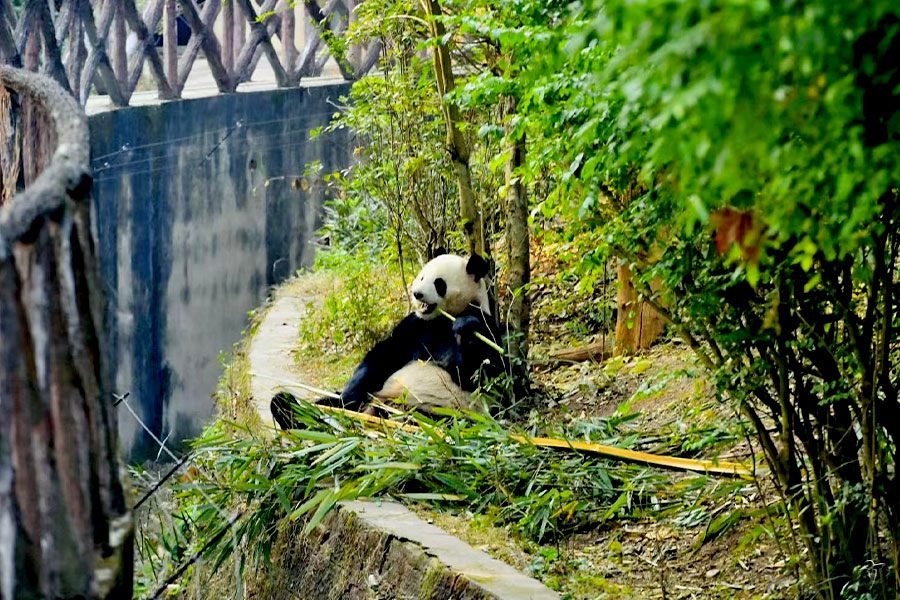Chinese Tea

Being a vivid Chinese cultural specialty as well as Kungfu and traditional Chinese medicine, Chinese tea has been being developed in China for a long time accompanied with which a series of tea culture took shape. Widely known in Chinese history as a fortuitous discovery of Shennong (神农), a renowned Chinese legendary chieftain and respected physician in the far ancient times, tea had been mentioned in the old Chinese medical work "Herbal Classic (本草经)", which was written in the 1st century.
"Tea Classic", the first work about tea in the world written by Lu Yu (733-804, the "Chinese Tea Saint" living in Tang Dynasty), represents that not only did Chinese tea play an essential part in diet but also tea culture seeped into all aspects of people's daily life, e.g. poetry, painting, calligraphy, religion, medicine. Nowadays in China a great deal of knowledge about tea is still treated as invaluable patrimony, tea is still a common drink on the table and it has even become an ideal present when people host or visit others.
Used as medicine at the very beginning and then cooked with other food as diet, tea was not made by soaking tea-leaves with hot water until Ming Dynasty (1368-1644), which is the most common way of making tea in China today. However, there are still some differences in making teas due to the varieties of the tea-leaves. It is a common sense to make a cup of tea by filling hot water into the cup with instant or small-bag tea-leaves, but it is widely considered to be a better way to make mellow tea by soaking tea-leaves with hot water in a teapot for some time (5-10 minutes or longer, depending on personal preference). Tea-leaves are usually discarded after being soaked once or twice.
In China nowadays, tea still plays an important role in people's daily life especially at home, restaurants and teahouses. Generally, elders are fond of the traditional tea-making for leisure and the original taste, while the youth prefer bottled tea drinks because of its convenience and various flavors.
Related Readings
Top Topics

Chinese Kung Fu
Far and wide known as Kungfu (功夫) all over the world, Chinese martial art is also called Wugong (武功) or Wushu (武术) at home by Chinese people. It ca...

Chinese Cuisine
"Food is the first necessity of the people" is a famous Chinese old saying, which reflects that Chinese have had paid much attention to food si...

Chinese Pandas
Seen as "national treasure of China" as well as a symbol of peace, panda (Chinese: 熊猫, short for "giant panda (大熊猫)" in Chinese) is an endangered m...




